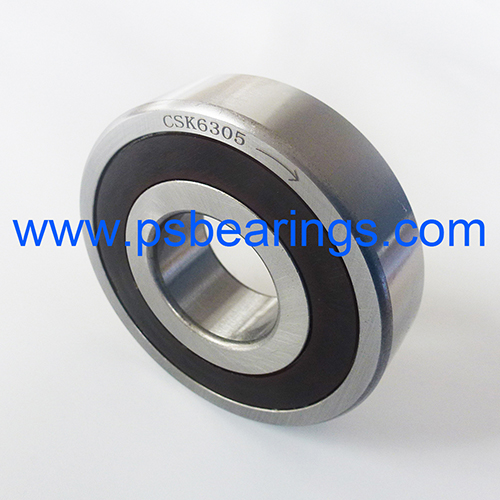In the world of mechanical systems and machinery, there’s a lot happening behind the scenes to ensure everything runs smoothly. One often-overlooked component that plays a crucial role is the overrunning clutch. These devices are the unseen heroes that enable machinery to operate efficiently and safely. In this blog, we’ll dive into the world of overrunning clutches and explore their significance in various applications.
Understanding Overrunning Clutches
Overrunning clutches, also known as freewheel clutches or backstop clutches, are mechanical devices that allow motion in one direction while preventing it in the other. Their primary purpose is to transmit torque in one direction while disengaging or freewheeling in the opposite direction. This unique feature makes overrunning clutches essential in a wide range of applications.
Applications of Overrunning Clutches
1. Automotive Industry: Overrunning clutches are commonly found in automatic transmissions. They prevent the transmission from engaging in reverse while the vehicle is moving forward, ensuring safety and preventing damage to the transmission.
2. Agriculture: In farming equipment such as combine harvesters, overrunning clutches allow the machine’s components to continue rotating when the power source (tractor) is turned off. This prevents damage and ensures smooth operation.
3. Conveyors: Overrunning clutches are used in conveyor systems to prevent products from moving backward. This is crucial in applications like baggage handling systems at airports or manufacturing assembly lines.
4. Wind Turbines: In wind turbines, overrunning clutches allow the rotor to continue rotating in high winds while disconnecting the generator to prevent overloading and damage.
5. Power Tools: Overrunning clutches are used in power drills and impact drivers to prevent injury by disengaging the drill bit when the user releases the trigger.
Advantages of Overrunning Clutches
1. Safety: Overrunning clutches enhance safety by preventing machinery from operating in the wrong direction, reducing the risk of accidents and equipment damage.
2. Energy Efficiency: By allowing components to freewheel when not needed, overrunning clutches conserve energy and reduce wear and tear on the system.
3. Cost Savings: They increase the lifespan of mechanical systems, reducing maintenance and replacement costs.
4. Versatility: Overrunning clutches are available in various types, making them adaptable to a wide range of applications.
Types of Overrunning Clutches
1. Sprag Clutches: These use sprags (small, inclined ramps) to transmit torque in one direction while freewheeling in the other.
2. Roller Ramp Clutches: Instead of sprags, these clutches use rollers to achieve the same effect.
3. Cam Clutches: Cam clutches employ a set of cams to provide overrunning capability.
In Conclusion
While overrunning clutches may go unnoticed in our daily lives, they play an indispensable role in ensuring the efficient and safe operation of a variety of mechanical systems. From preventing accidents to conserving energy and extending the lifespan of machinery, these unassuming devices are the unsung heroes of the mechanical world. Their adaptability and versatility continue to make them a vital component in numerous applications across various industries.

